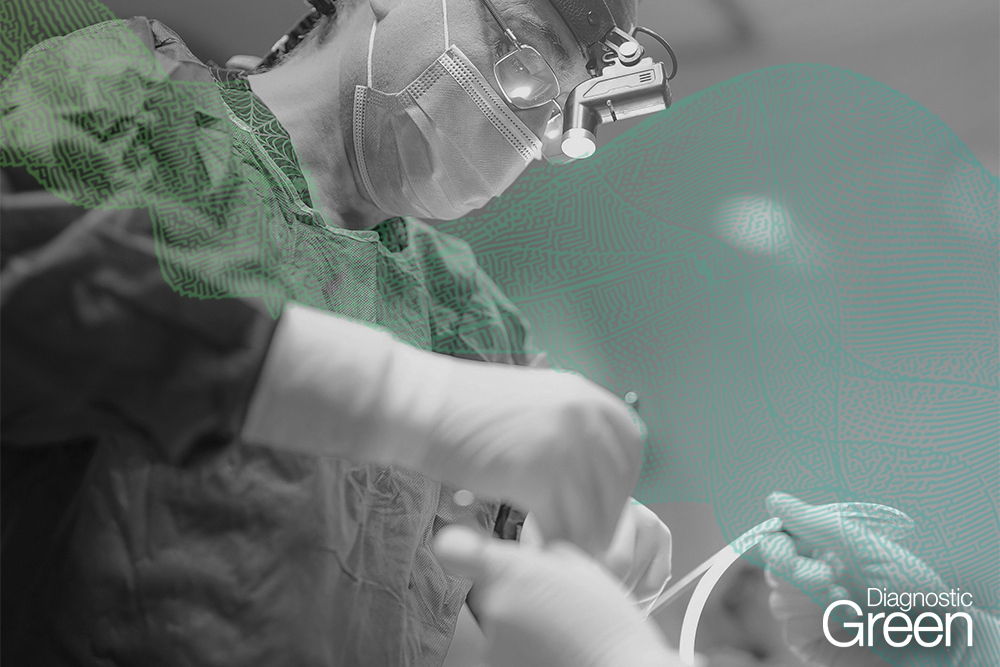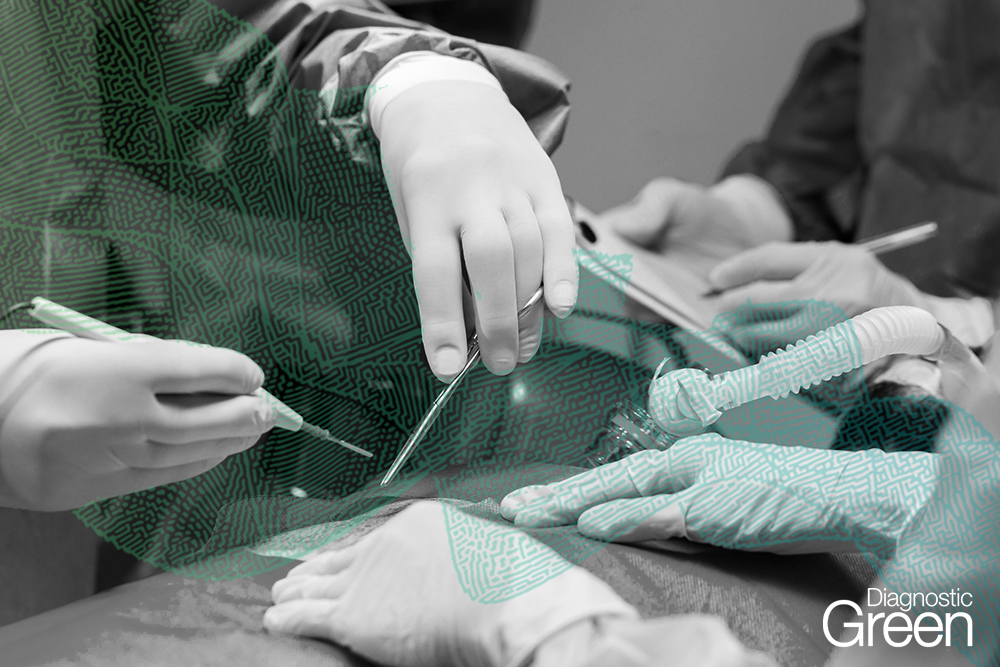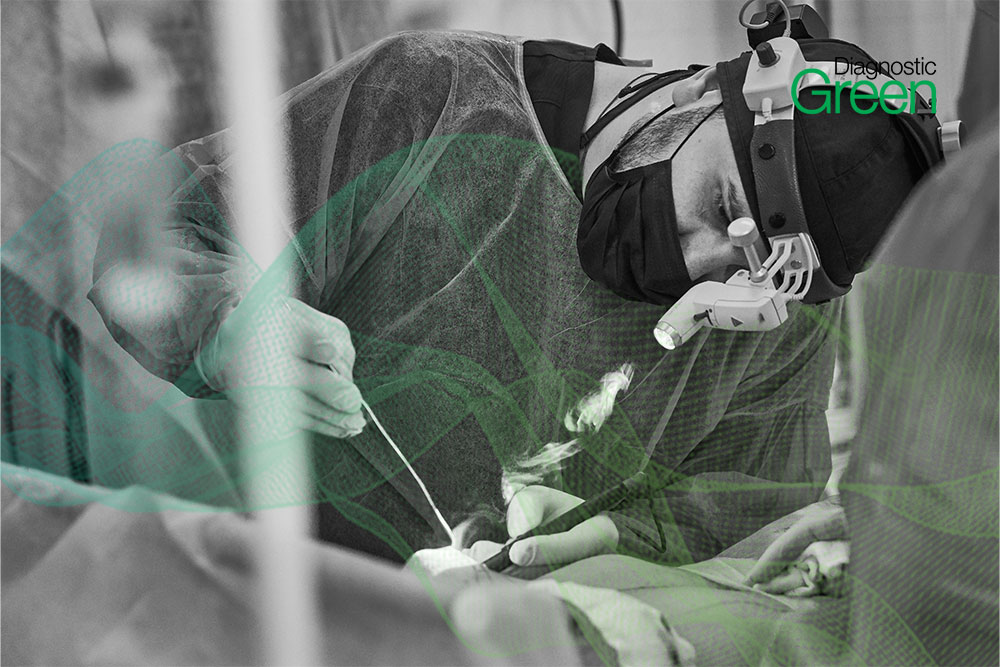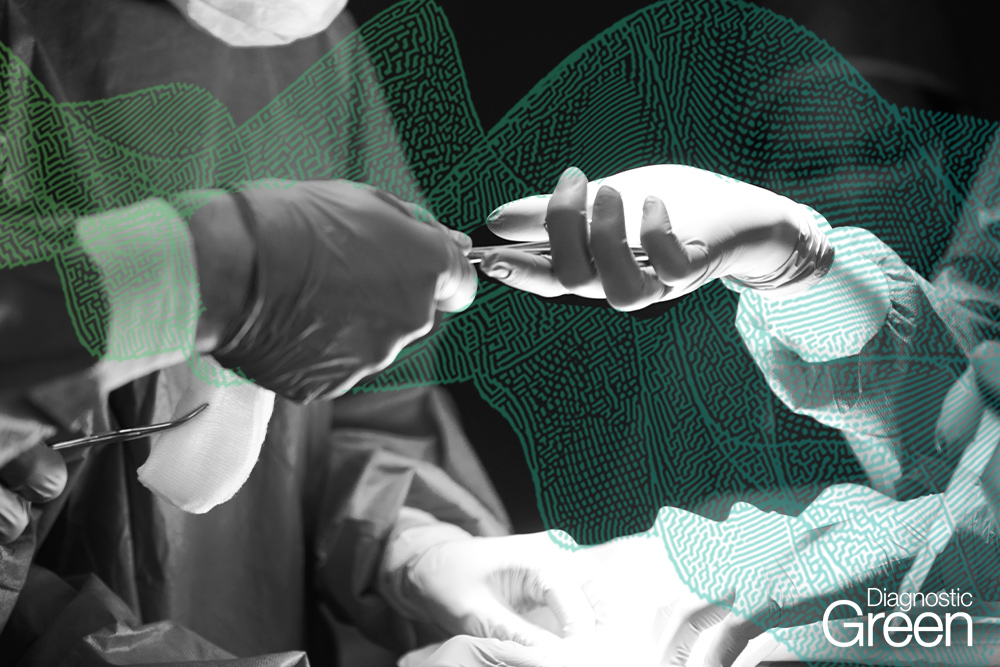This review confirms ICG imaging as a safe, precise tool in pediatric surgery. Standardized dosing and timing could enhance its transformative potential.
Continue readingCurrent Limitations of Sentinel Node Biopsy in Vulvar Cancer
SLNB offers a safer alternative to lymphadenectomy in early vulvar cancer. Ongoing research aims to refine selection and improve detection methods.
Continue readingImpact of Intraoperative Interventions on Hypocalcemia Post-Total Thyroidectomy: A Meta-Analysis
Meta-analysis shows NIRAF and ICGA lower transient hypocalcemia risk post-thyroidectomy, while PTA increases it; effects on permanent cases are minimal.
Continue readingIntraoperative assessment of myocardial perfusion using near-infrared fluorescence and indocyanine green: A literature review
Review highlights promise of NIRF imaging in CABG for perfusion assessment. Quantitative use in patients is limited and needs further study.
Continue readingIndocyanine green fluorescence imaging for accurate detection of an intramural coronary artery during robotic coronary artery bypass grafting
ICG-guided NIRF imaging enabled robotic localization of intramural LAD, avoiding sternotomy in coronary bypass. A novel surgical advance.
Continue readingRemote access sentinel lymph node biopsy in oral cancer
Combining SLNB with remote access surgery offers a safe, less invasive neck management option for small oral squamous cell carcinoma cases.
Continue readingThe use of indocyanine green (ICG) for sentinel lymph node detection in vulvar cancer
ICG shows comparable success to Tc99/blue dye for SLN detection in vulvar cancer, supporting its use as a safe, effective alternative method.
Continue readingEvaluation of Gastric Conduit Perfusion Using Indocyanine Green Fluorescence During Radical Esophagectomy and Its Correlation With Anastomotic Leak: A Single-Center, Prospective Study
ICG imaging more accurately detects poor gastric conduit perfusion than visual checks, helping predict anastomotic leaks post-esophagectomy.
Continue readingReal-Time Intraoperative Fluorescence Diagnosis and Surgical Techniques for Brain and Spinal Tumors Using Indocyanine Green [Article in Japanese]
Delayed Window ICG enhances real-time tumor visualization, improving resection accuracy and prognosis in brain and spinal tumor surgery.
Continue readingThe Impact of Body Mass Index on Sentinel Lymph Node Identification in Endometrial Cancer
Obesity reduces SLN mapping success in endometrial cancer, highlighting the need for tailored surgical strategies to improve detection and staging accuracy.
Continue reading









